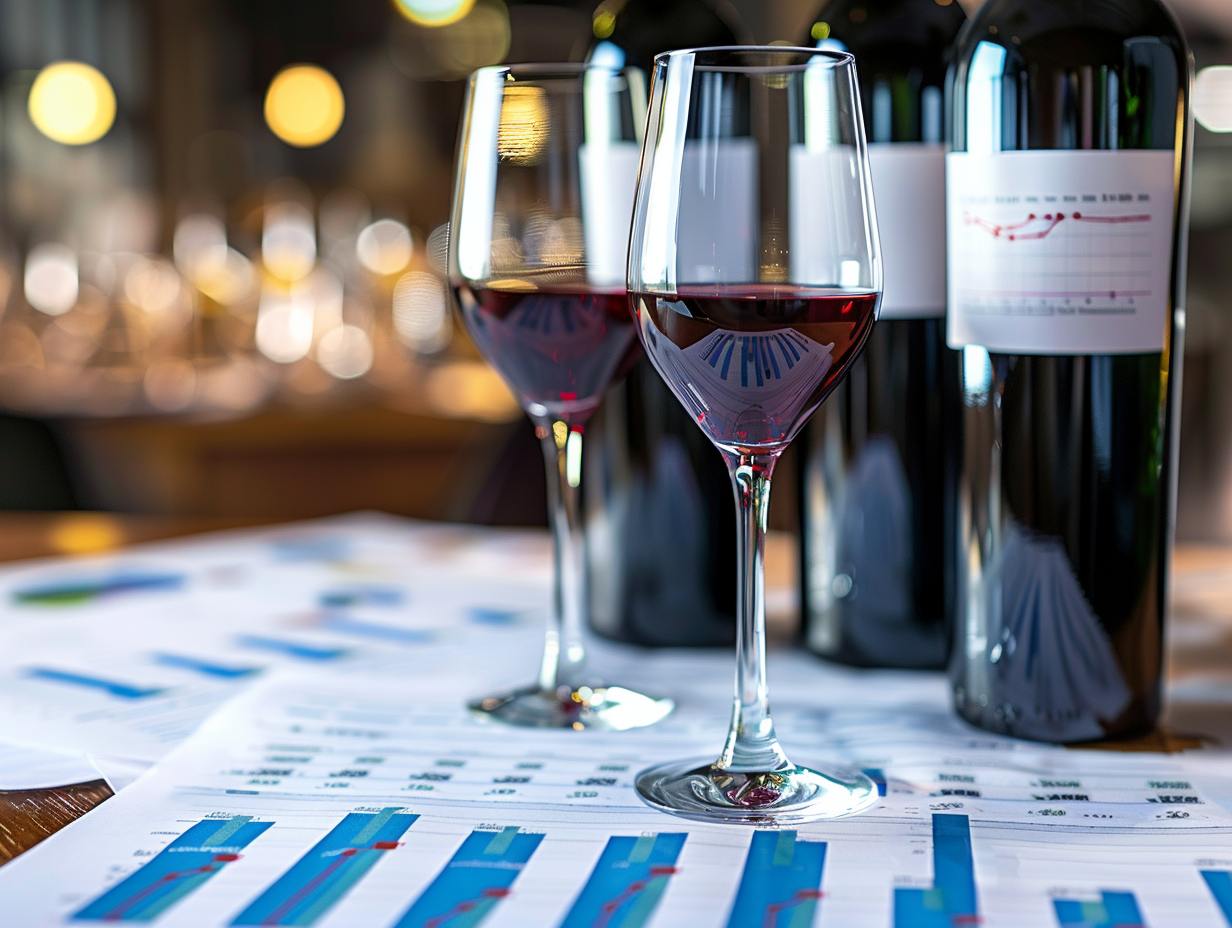Vintages play a crucial role in determining the quality and character of a wine. A vintage refers to the year in which the grapes were harvested, and it can significantly impact the wine due to variations in weather conditions, which affect grape ripening, sugar levels, acidity, and ultimately, the wine’s flavor profile.
Regional Variations
Different wine regions experience unique climatic conditions that influence each vintage. For instance:
- Bordeaux: The climate is maritime, influenced by the Atlantic Ocean. The Left Bank (dominated by Cabernet Sauvignon) benefits from gravelly soils that retain heat, aiding in the ripening of this late-harvest grape. The Right Bank, where Merlot is predominant, has more clay and limestone soils that retain moisture, helping Merlot maintain acidity. These differences mean that vintages can vary significantly between the Left and Right Banks even within the same year, depending on the weather patterns, especially in terms of temperature and rainfall during the growing season.
- Burgundy: Burgundy’s continental climate is less buffered by large bodies of water, making it more susceptible to extreme weather conditions. This region’s wines, particularly Pinot Noir and Chardonnay, are highly sensitive to vintage variation. Good vintages can produce wines of exceptional elegance, while poor vintages may lack structure or complexity.
- Tuscany and Rhône: These regions have a more Mediterranean climate, generally warmer and drier, leading to less vintage variation compared to Bordeaux and Burgundy. However, extreme heat or unexpected rainfall can still cause fluctuations in quality.
- Champagne: This region has a cool climate, where the timing of frost or rain can greatly impact the delicate balance required for sparkling wine production. Vintage Champagnes are only made in the best years.
- Napa Valley: Napa benefits from a Mediterranean climate with consistent sunshine, leading to more stable vintages, though variations in heat and drought can affect the grape quality and style.
Best and Poor Vintages
Best Vintages Across Regions:
- 1982, 1990, 2000, 2005, 2009, 2010, 2016, 2022: These years are celebrated across many regions for producing wines of exceptional quality and balance, capable of long aging.
Poorer Vintages:
- 1984, 1991, 1992, 2013: These years faced challenging weather conditions such as excessive rain, frost, or unseasonable heat, leading to wines that are generally less structured, more dilute, or lacking in complexity.
Aging Potential
Great Vintages tend to age better due to the balance of fruit, acidity, tannin, and alcohol. Wines from these years develop complexity over time, with secondary and tertiary flavors emerging after a decade or more. The robust structure provided by excellent growing conditions allows these wines to evolve beautifully in the bottle, offering rewards to those who are patient.
Poorer Vintages, on the other hand, often lack the concentration and structure needed for long aging. These wines are usually more approachable when young, offering fruit-forward profiles that are best enjoyed within a few years of release. While they may not have the longevity of wines from great vintages, they provide immediate pleasure and are more accessible in terms of both price and drinkability.
In summary, the importance of vintages cannot be overstated, as they significantly influence a wine’s character, aging potential, and even its market value. Understanding vintage variations helps wine lovers and collectors make informed decisions about when to drink or invest in wines.

